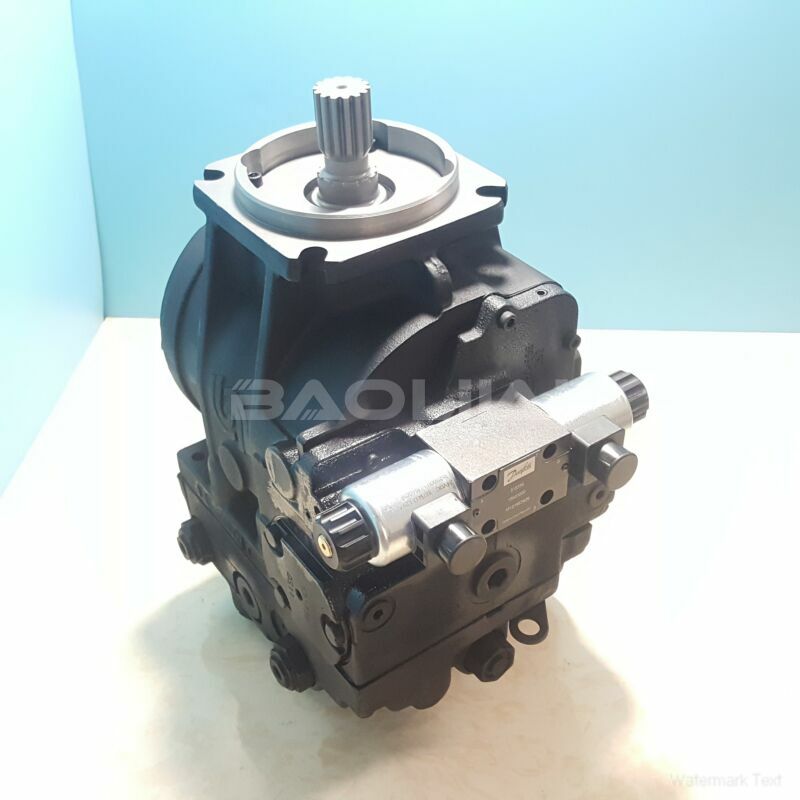90R075KA5CD60S3C6D06GBA353524 hydraulic pump
90R075KA5CD60S3C6D06GBA353524 hydraulic pump

- Product Details
- Applicable Scene
Rainwater harvesting has gained significant traction in recent years due to its potential to mitigate water scarcity and promote sustainable water management. As urban areas continue to expand and climate change amplifies weather variability, innovative solutions are essential. Among these, plunger pumps have emerged as effective tools for enhancing the efficiency of rainwater harvesting systems. This article delves into the importance of plunger pumps in rainwater harvesting, their operational mechanics, and the benefits they provide.
90R075-KA-5-CD-60-S-3-C6-D-06-GBA-35-35-24
90R075KA5CD60S3C6D06GBA353524
Plunger pumps, also known as piston pumps, operate using a reciprocating motion mechanism that pushes water through a one-way valve, allowing for efficient water transfer. Their design features a cylindrical plunger that moves back and forth within a chamber, creating a vacuum that draws water in and then expels it under high pressure. This principle makes them particularly suitable for applications where consistent flow rates and pressures are required, which is paramount in rainwater harvesting systems.

520512
One of the primary advantages of using plunger pumps in rainwater harvesting is their ability to handle varying water quality and levels of debris. Rainwater often contains leaves, dirt, and other organic materials that can clog traditional pumps. Plunger pumps are designed to manage such contaminants better, reducing the need for extensive filtration systems and minimizing maintenance. Their robust construction allows them to operate effectively even in less-than-ideal conditions.
Moreover, plunger pumps are highly efficient, providing high pressure and flow rates that can lead to rapid filling of storage tanks. This is crucial for effective rainwater collection, ensuring that the maximum amount of water is captured and stored during rainfall events. The ability to quickly transfer water can also be advantageous during periods of heavy rain, where timely water relocation is essential to prevent overflow and promote reuse.





